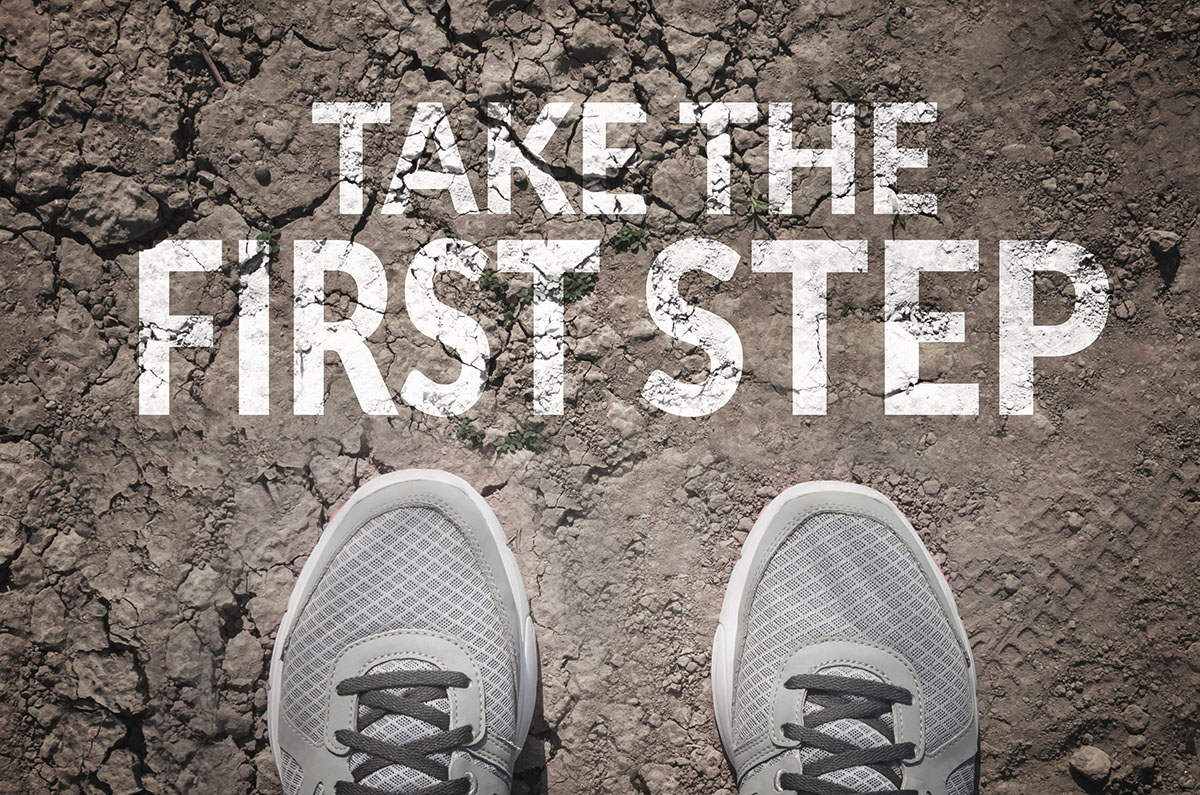Overcoming Barriers to Exercise: Strategies for a Healthier Lifestyle
Exercise is a cornerstone of good health, contributing to physical fitness, mental well-being, and overall quality of life. Despite its well-documented benefits, many people struggle to integrate regular exercise into their daily routines. Whether due to lack of time, motivation, or resources, barriers to exercise can prevent individuals from achieving their fitness goals. This comprehensive guide explores common obstacles to exercise and offers practical strategies to overcome them.
Common Barriers to Exercise
1. Lack of Time
One of the most cited barriers to exercise is a lack of time. With busy work schedules, family responsibilities, and other commitments, finding time to work out can seem impossible.
Solution: Prioritize and Plan
To overcome this barrier, it’s essential to prioritize exercise and integrate it into your daily schedule. Consider these strategies:
- Set Specific Goals: Establish clear, achievable fitness goals. This helps to create a sense of purpose and urgency.
- Create a Schedule: Allocate specific times for exercise and treat these appointments with the same importance as work meetings or family events.
- Incorporate Short Workouts: Even short bursts of exercise can be effective. Try high-intensity interval training (HIIT) or quick 15-20 minute workouts that fit into your schedule.
- Combine Activities: Incorporate physical activity into other tasks, such as taking the stairs instead of the elevator, walking or biking for short trips, or doing exercises while watching TV.

2. Lack of Motivation
Motivation is a critical factor in maintaining an exercise routine. Without it, even the best-laid plans can fall by the wayside.
Solution: Find Your “Why”
Understanding the reasons behind your desire to exercise can provide a powerful motivator. Here’s how to cultivate motivation:
- Set Personal Goals: Define clear, personal goals that are meaningful to you. Whether it’s losing weight, building strength, or improving overall health, having a specific target can drive motivation.
- Track Progress: Keep a workout journal or use a fitness app to track your progress. Seeing improvements, no matter how small, can boost motivation.
- Seek Social Support: Join a fitness group or find a workout buddy. Social support can enhance accountability and make exercise more enjoyable.
- Reward Yourself: Create a reward system for achieving fitness milestones. Rewards can range from a relaxing day off to purchasing new workout gear.
3. Lack of Resources
Access to gyms, fitness classes, or even basic workout equipment can be limited. This barrier can make it difficult for some people to engage in regular exercise.
Solution: Be Resourceful
There are many ways to exercise without access to expensive equipment or facilities:
- Bodyweight Exercises: Use your own body weight for resistance training. Exercises like push-ups, squats, and lunges can be done anywhere.
- Utilize Online Resources: Many free or low-cost fitness resources are available online, including workout videos, apps, and virtual classes.
- Get Creative: Use household items as exercise tools. For example, use a chair for step-ups or bags of groceries for weights.
- Explore Outdoor Options: Take advantage of outdoor spaces for running, hiking, or biking. Parks and trails can provide excellent environments for exercise.
4. Physical Limitations
Injuries, chronic conditions, or other physical limitations can make exercise challenging. However, there are ways to work around these issues.
Solution: Adapt Your Approach
If physical limitations are a barrier, consider these approaches:
- Consult a Professional: Work with a healthcare provider or physical therapist to develop a safe and effective exercise plan tailored to your needs.
- Focus on Low-Impact Exercises: Opt for low-impact activities like swimming, cycling, or yoga, which are easier on the joints.
- Modify Exercises: Adapt exercises to suit your abilities. For example, if you have knee issues, consider chair exercises or water aerobics.
- Listen to Your Body: Pay attention to how your body responds to exercise and make adjustments as needed. Avoid pushing through pain and give yourself time to recover.
Creating a Personalized Workout Routine: Your Ultimate Guide
5. Lack of Knowledge
Some people may feel unsure about how to start an exercise program or perform exercises correctly, leading to frustration or injury.
Solution: Educate Yourself
Increasing your knowledge about fitness can help build confidence and ensure you get the most out of your workouts:
- Seek Professional Guidance: Consider hiring a personal trainer or attending fitness classes to learn proper techniques and workout routines.
- Educate Yourself: Read books, watch instructional videos, and follow reputable fitness websites to learn about exercise and fitness principles.
- Start Simple: Begin with basic exercises and gradually progress to more complex routines as you gain confidence and skill.
- Ask for Help: Don’t hesitate to ask for advice from fitness professionals or experienced exercisers.
6. Boredom
Exercise routines can become monotonous, leading to boredom and a decrease in motivation.
Solution: Keep It Interesting
To keep exercise engaging, try these strategies:
- Variety is Key: Mix up your workout routine to include different types of exercises, such as cardio, strength training, and flexibility exercises.
- Try New Activities: Explore new sports, classes, or outdoor activities. Trying something new can reignite your enthusiasm for exercise.
- Set Challenges: Create personal fitness challenges or participate in community events, such as charity runs or local sports leagues.
- Listen to Music or Podcasts: Enjoy your favorite music or podcasts while working out to make the experience more enjoyable.
7. Emotional Barriers
Emotional factors, such as stress, anxiety, or low self-esteem, can impact motivation and the ability to exercise regularly.
Solution: Address Emotional Well-being
Managing emotional barriers is crucial for maintaining a consistent exercise routine:
- Practice Self-Compassion: Be kind to yourself and recognize that setbacks are a normal part of the process. Focus on progress rather than perfection.
- Manage Stress: Incorporate stress-reducing activities, such as meditation, deep breathing, or journaling, to improve overall well-being and make exercise more enjoyable.
- Seek Support: Consider talking to a therapist or counselor if emotional barriers are significantly impacting your ability to exercise.
- Set Realistic Expectations: Set achievable goals and celebrate small victories. Recognize that building a fitness routine takes time and persistence.
Creating a Sustainable Exercise Routine
Developing a sustainable exercise routine involves more than just overcoming barriers; it also requires creating a routine that fits your lifestyle and preferences. Here’s how to build a long-lasting exercise habit:
1. Set Realistic Goals
Set achievable and realistic fitness goals that align with your current fitness level and lifestyle. Break down larger goals into smaller, manageable milestones to keep yourself motivated.
2. Create a Routine
Establish a regular exercise routine by setting specific days and times for workouts. Consistency is key to forming a habit and making exercise a part of your daily life.
3. Make It Enjoyable
Choose activities that you enjoy and look forward to. Enjoyable workouts are more likely to become a regular part of your routine.
4. Track Your Progress
Keep track of your progress to stay motivated and identify areas for improvement. Use fitness apps, journals, or progress photos to monitor your achievements.
5. Stay Flexible
Be flexible and willing to adjust your routine as needed. Life circumstances may change, and it’s important to adapt your exercise plan accordingly.
6. Seek Support
Surround yourself with supportive individuals who encourage and motivate you. Whether it’s friends, family, or a workout group, having a support system can make a significant difference.
7. Prioritize Recovery
Allow time for rest and recovery to prevent burnout and reduce the risk of injury. Incorporate rest days and practices like stretching and foam rolling into your routine.

Overcoming barriers to exercise requires a combination of practical strategies and a positive mindset. By addressing common obstacles such as lack of time, motivation, resources, and physical limitations, you can create a sustainable exercise routine that fits your lifestyle. Remember to set realistic goals, seek support, and stay flexible in your approach. With persistence and creativity, you can overcome barriers and achieve your fitness goals, leading to a healthier and more fulfilling life.




Post Comment